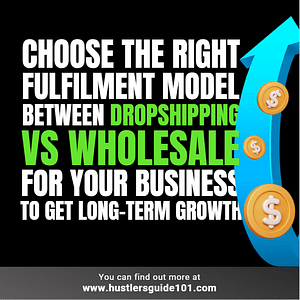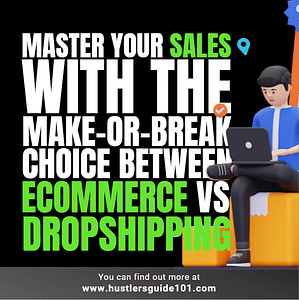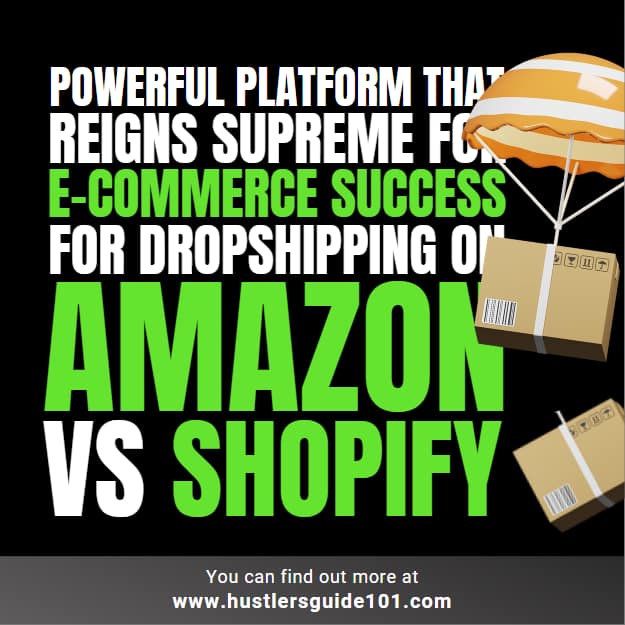
You know, ‘A Parcel a Day Keeps the Depression Away.’ What if that parcel turns into a nightmare? To make sure it doesn’t happen to you or your customers, you need to choose dropshipping on Amazon vs Shopify.
Both platforms offer enticing opportunities for dropshipping entrepreneurs looking to make their mark. Well, to most people, Amazon appears to be the clear winner in the e-commerce space because of its enormous client base and outstanding reach.
However, Shopify has its own perks, such as fully customized online businesses and an extensive marketing toolkit. Let’s compare the pros and cons, fees, competition, working model, brand control, and customer experience of dropshipping on Amazon and Shopify.
Overview of Amazon and Shopify
Before you move to the big step of choosing Amazon vs Shopift for dropshipping, do you have much knowledge about Ecommerce vs Dropshipping? Well, you wouldn’t want to miss this.
When it comes to e-commerce, two platforms dominate the industry: Amazon and Shopify. Each platform has its own unique features and advantages, making it a tough choice for dropshipping entrepreneurs. Let’s start by taking a closer look at these two giants.
Amazon
Amazon started as an online bookstore but has become a vast marketplace where millions of sellers offer a mind-boggling variety of products. Millions of potential customers already visit Amazon daily, giving you access to a massive audience without needing to build brand awareness from scratch.
As a dropshipper on Amazon, you can tap into this vast audience and leverage the trust and credibility associated with the Amazon brand. With millions of products available, you can easily find profitable niches to explore and start selling right away.
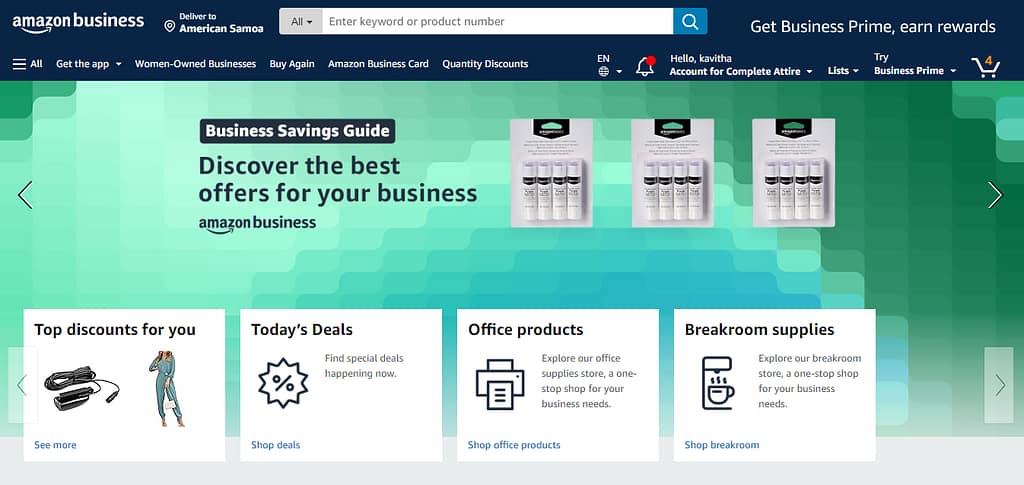
Shopify
Shopify empowers you to create your own online store. It provides the tools for designing your storefront, adding products, managing payments, and fulfilling orders. You have complete control over the look, feel, and branding of your online store.
Attracting customers and providing excellent customer service becomes your responsibility or, should I say, your headache. Over time, you can build a unique brand identity and customer loyalty.
Unlike Amazon, where you are a seller in a marketplace, Shopify gives you the freedom and control to build your own brand and establish a unique online presence.
How does print-on-demand dropshipping work? I have got you covered.
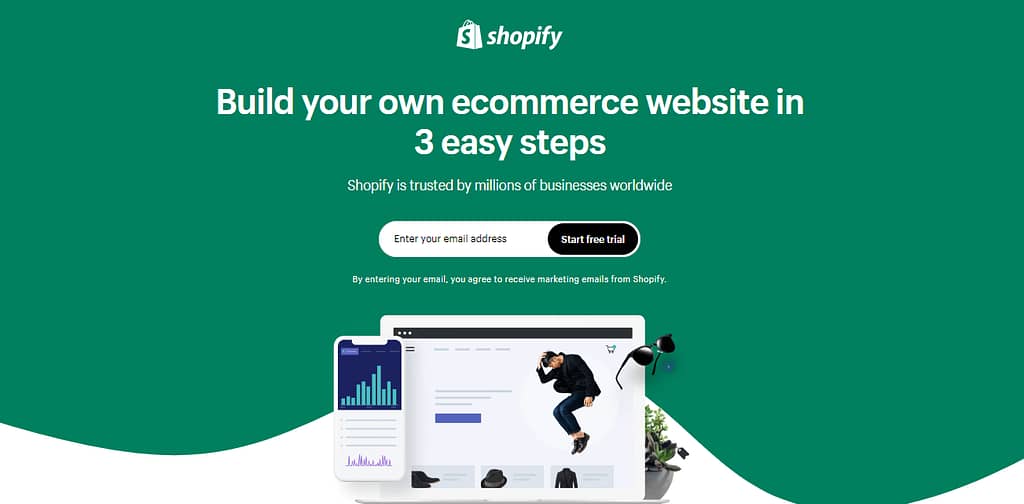
Working Model of Amazon
With Amazon’s dropshipping program, sellers list products on Amazon’s marketplace sourced from third-party suppliers. When a customer places an order, the seller forwards the order to the supplier, who then ships the product directly to the customer.
You list products on Amazon and handle marketing. Once a sale occurs, Amazon fulfills the order. This includes storing your inventory in their warehouses, picking and packing items, and shipping them to customers. Of course, you pay Amazon storage and fulfillment fees.
Want to know more about Amazon FBA and Dropshipping? Lucky for you because I have got you covered in detailed.
Pros of this Model
- Massive customer base: With over 300 million active users, Amazon provides an unparalleled opportunity to reach a vast audience. This means you can potentially make more sales and generate higher revenue.
- Fulfillment by Amazon (FBA): Amazon offers a convenient fulfillment service that handles the storage, packaging, and shipping of your products. This relieves a significant burden and allows you to focus on other aspects of your business.
- Trust and credibility: Amazon has built a reputation for providing excellent customer service and reliable shipping. Utilizing the Amazon brand can establish trust with potential customers, which may result in higher conversion rates.
Cons of This Model
- Competition: Amazon’s immense popularity means that competition is fierce. You will compete with thousands of other sellers, some of whom may have established brands and extensive resources. Standing out in such a competitive marketplace can be challenging.
- Limited control over branding: When selling on Amazon, you have limited control over your brand identity. Your products will be listed alongside others, making it difficult to differentiate yourself and build a unique brand image.
- Fees and costs: Amazon charges various fees, including referral fees, monthly subscription fees, and FBA fees. These costs can quickly add up, especially for sellers just starting.
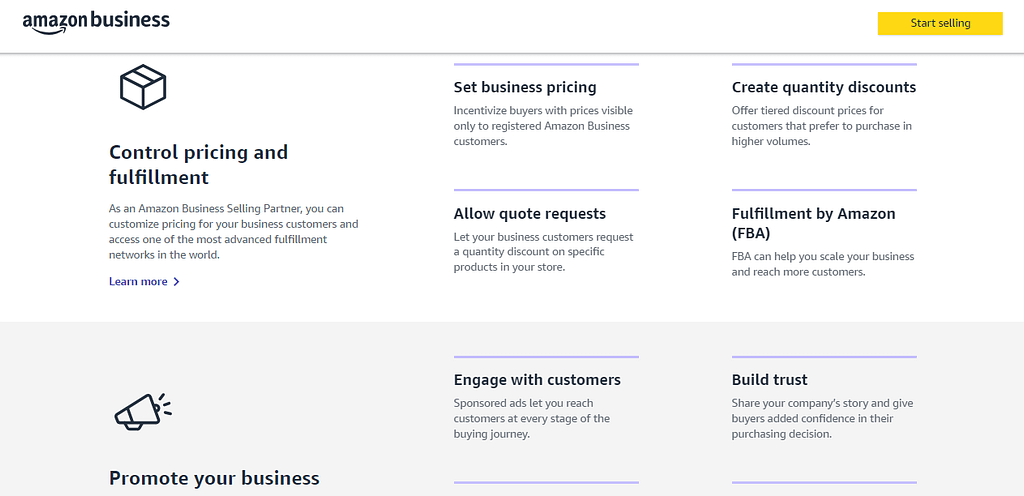
Working Model of Shopify
With Shopify, businesses set up their online stores using Shopify’s platform and source products from suppliers to sell to customers. When a customer places an order, the seller forwards it to the supplier, who ships the product directly to the customer.
You partner with dropshipping suppliers who store and ship products directly to your customers after you fulfill an order on your store.
Pros of This Model
- Customizable online stores: Shopify allows you to create and customize your online store according to your brand’s aesthetics and preferences. This gives you the flexibility to design a unique shopping experience that aligns with your target audience.
- Marketing tools: Shopify offers many marketing tools and integrations, enabling you to drive traffic to your store, optimize conversions, and build customer relationships. From email marketing to social media integrations, you can access a comprehensive marketing resource suite.
- Brand control: Unlike Amazon, where your brand may get lost among countless others, Shopify gives you full control over your brand identity. You can create a consistent brand image, build customer loyalty, and establish a strong online presence.
Cons of This Model
- Building an audience: Unlike Amazon, where you can access a massive customer base from the start, building an audience on Shopify requires more effort. You will need to invest time and resources into driving traffic to your store and attracting potential customers.
- Technical knowledge: While Shopify provides user-friendly tools, building and managing your online store may still require some technical knowledge. This can be a barrier for entrepreneurs without prior experience in website development.
- Monthly costs: Shopify operates on a subscription-based model, meaning you will have to pay a monthly fee to maintain your online store. This cost can eat into your profits, especially during the early stages of your dropshipping journey.
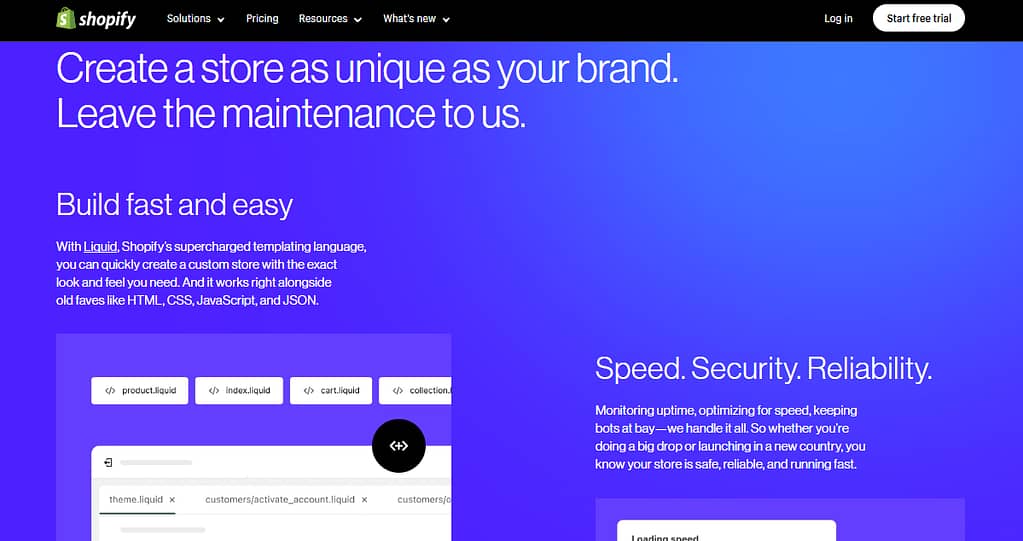
Factors to Consider When Choosing Dropshipping On Amazon Vs Shopify
When it comes to dropshipping, choosing the right platform is crucial for the success of your e-commerce business. While both Amazon and Shopify have merits, several factors should be considered before making your decision.
Fees And Initial Investment
One primary consideration when choosing a dropshipping platform is the fees involved. Amazon charges a monthly subscription fee for its Professional Selling Plan, which allows you to list unlimited products on the marketplace.
In addition to the subscription fee, Amazon also takes a referral fee and a variable closing fee for each item sold. These fees can quickly increase, especially if you sell high-value products.
On the other hand, Shopify operates on a different fee structure. The platform offers different pricing plans, ranging from Basic to Advanced. The fees for these plans vary, but they generally include a monthly subscription fee and a transaction fee for each sale.
However, unlike Amazon, Shopify does not charge a referral fee. This can be a significant cost-saving for dropshippers, especially those who sell products with higher profit margins.
In terms of fees, Shopify offers more flexibility and cost control than Amazon. However, it is essential to consider your sales volume and profit margins when deciding which platform best aligns with your financial goals.
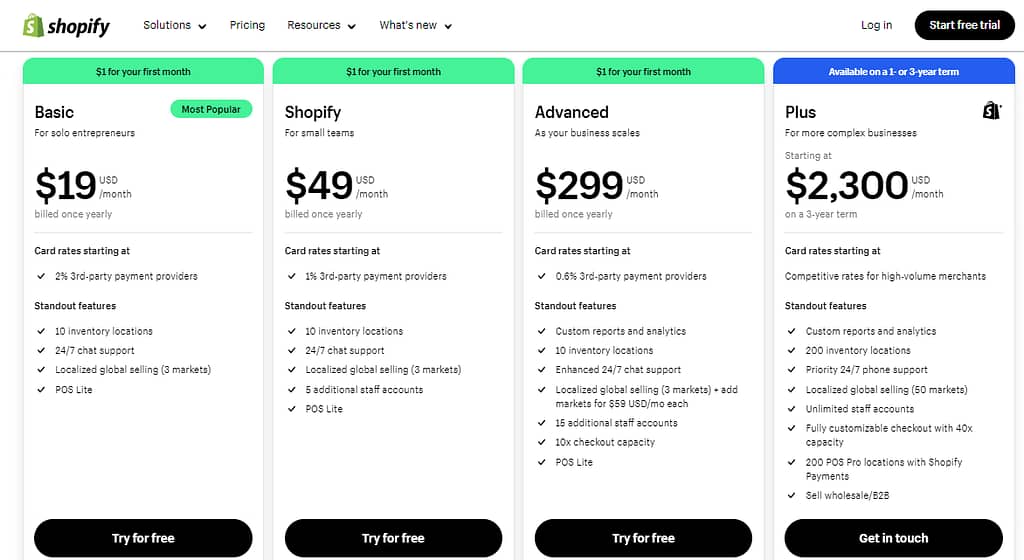
Competition
You might have heard the success stories of people and think Woah! It’s a piece of cake! But it’s not. You need to consider the level of competition on each platform. Amazon, being the largest online marketplace, attracts millions of sellers from around the world.
While this may seem good news, it also results in intense competition. With countless sellers offering similar products, standing out from the crowd can be challenging. Shopify, on the other hand, allows you to create your own online store.
You have complete control over your brand and can customize your store to reflect your unique vision. While this offers more creative freedom and the ability to differentiate yourself from competitors, it also means you need to invest time and effort into building and promoting your store.
When it comes to competition, Amazon may seem daunting at first, but with the right strategies, it is possible to carve out a profitable niche. Shopify offers more control but requires a proactive approach to marketing and branding.
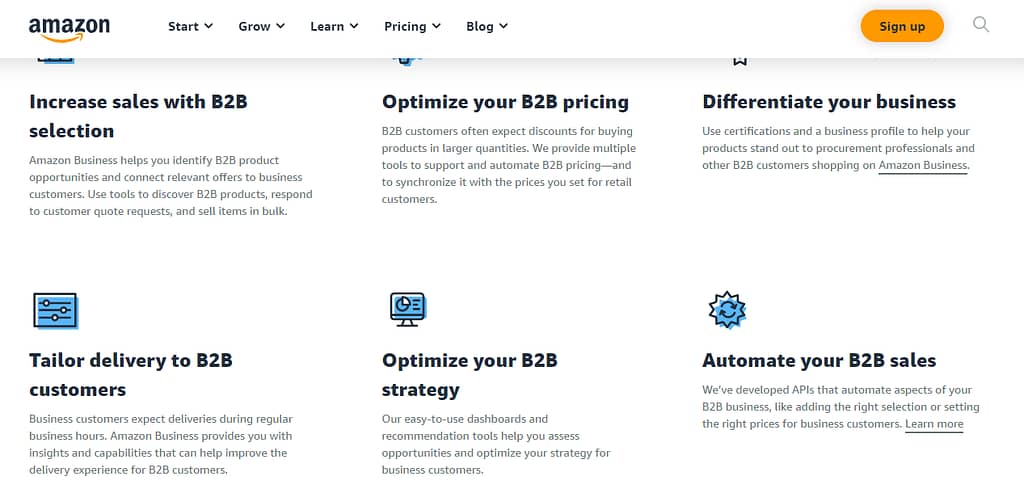
If you’re interested in marketing your business, I recommend reading Account Based Marketing Vs. Inbound Marketing: What’s Best?.
Brand Control
For many drop shippers, having control over their brand is a central concern. Amazon, being a marketplace, places more emphasis on the product than the seller.
While this can be beneficial in reaching a larger audience, it also means that your brand may be overshadowed by other sellers offering the same product. On the other hand, Shopify allows you to create a unique online store showcasing your brand.
You have complete control over the design, layout, and user experience, allowing you to create a cohesive brand identity. Do your best to outshine. This is particularly important if you are building a long-term e-commerce business and want to establish a loyal customer base.
However, it is worth noting that building a brand from scratch on Shopify requires effort and investment in marketing and advertising. On the other hand, Amazon benefits from its established reputation and customer trust.
Whether you prioritize immediate exposure or long-term brand building, it ultimately comes down to whether you prioritize immediate exposure.
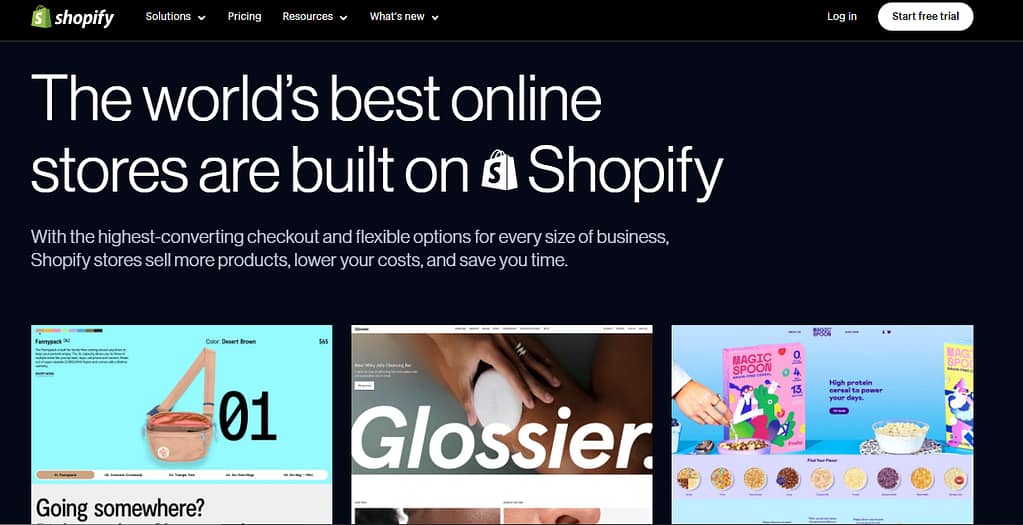
Customer Experience
The customer experience is what everyone is running for in any e-commerce business. When it comes to Amazon, customers are accustomed to a seamless buying process, thanks to the platform’s robust infrastructure and reputation.
With features like Prime shipping and easy returns, Amazon offers convenience and trust to customers. Shopify, on the other hand, allows you to create a more personalized and curated customer experience.
You have greater control over the shopping journey, from when a customer lands on your website to checkout. This can be particularly advantageous if you sell niche products or target a specific audience.
However, it is important to note that building a user-friendly and trustworthy website requires technical skills and continuous optimization. Shopify provides the tools and resources to create a great customer experience but requires effort and attention to detail.
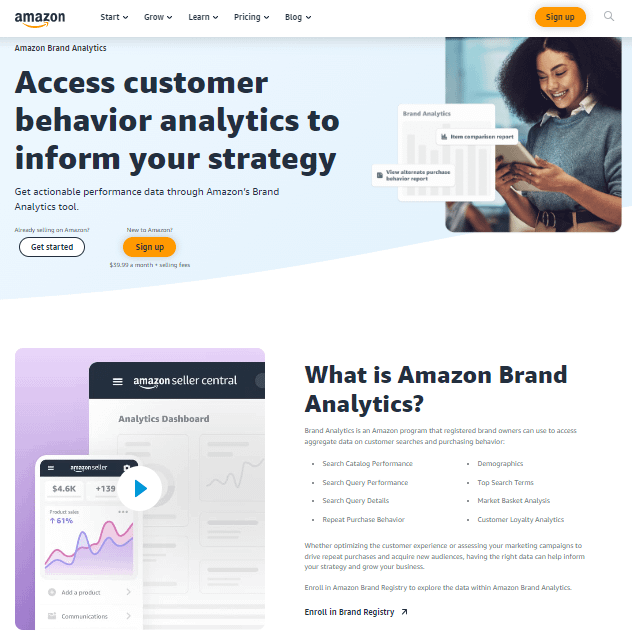
How Businesses Can Choose the Right One
If you are still confused about making a decision, I have extracted some major factors for businesses to help them in choosing the best option.
- Consider Business Goals: Determine whether the primary focus is on leveraging Amazon’s vast customer base and established marketplace or building a unique brand identity and customer experience through Shopify.
- Evaluate Control and Customization: Assess the level of control and customization desired over branding, product selection, pricing, and customer interactions.
- Analyze Costs and Profitability: Compare the costs, fees, and potential profitability associated with each platform, considering factors such as Amazon’s referral fees and Shopify’s monthly subscription costs.
- Assess Marketing and Customer Acquisition: Evaluate marketing strategies and customer acquisition channels, considering the need for SEO, social media marketing, paid advertising, and content creation to drive traffic and sales.
- Review Support and Resources: Explore the support, resources, and educational materials available for sellers on both platforms, including tutorials, forums, and community support networks.
Dropshipping or Wholesale? That’s another big question when you are stepping in the industry so read the guide before it’s too late.
| Aspect | Amazon | Shopify |
| Scalability | Can be scalable for high-volume sellers | Easier to scale by adding products and sales channels |
| Ease of Setup | Easier (listing products on existing platform) | Requires setting up your own store |
| Product Selection | Restricted by Amazon’s categories and brands | Wider variety, limited by supplier offerings |
| Customer Service | Primarily handled by Amazon | You are responsible |
| Profit Margins | Potentially lower due to fees and competition | Can be higher with careful product selection and pricing strategies |
| Growth Potential | Limited ability to build brand equity and customer loyalty | Offers opportunities to build a unique brand identity and grow a loyal customer base |
Note That: Many successful dropshippers use a combination of both Amazon and Shopify. By taking advantage of each, you can reach a wider audience and build a strong brand presence. But avoid this as a beginner. If you are a Pro, then why not give it a shot?
Hot FAQs: Dropshipping On Amazon Vs Shopify
Which platform is easier to start with for dropshipping?
Shopify is generally easier to start with. You have more control and lower upfront costs compared to Amazon FBA fees.
Do I need more marketing effort on Shopify vs. Amazon?
Yes. Since you’re building your own brand on Shopify, attracting customers requires marketing efforts on your part. On Amazon, you benefit from their existing traffic, but competition is fierce.
How do I calculate profit margins for dropshipping?
When setting your selling price, consider the cost of the product from your supplier, any platform fees, and your desired profit margin. Also, don’t forget to count on additional costs like marketing expenses for Shopify.
What products can I dropship on each platform?
Amazon has restricted categories and brand limitations. So, if you’re a vast brand or deal in a variety of products, you can sell a wider variety of products on Shopify as long as your supplier offers them.
Do I need to worry about inventory management on both platforms?
While you don’t physically hold inventory with dropshipping, you need to ensure your suppliers have stock readily available for your customers’ orders on both platforms.
Do you know about TEMU Dropshipping? Well, if you didn’t, now you have the chance and I recommed you to not miss it if you are serious about this dropshipping thing.
Conclusion: Dropshipping On Amazon Vs Shopify
There’s no one-size-fits-all dropshipping platform. Both Amazon and Shopify dropshipping have their merits and drawbacks. Shopify might be a good starting point if you have a limited budget and marketing expertise.
If you plan to sell products with restricted categories or brand limitations, Amazon might not be ideal. Shopify offers more flexibility if complete control over branding and future expansion are priorities.
So, carefully analyze your resources, product selection, budget, and desired level of control to pick the platform that best aligns with your business goals and long-term vision.





